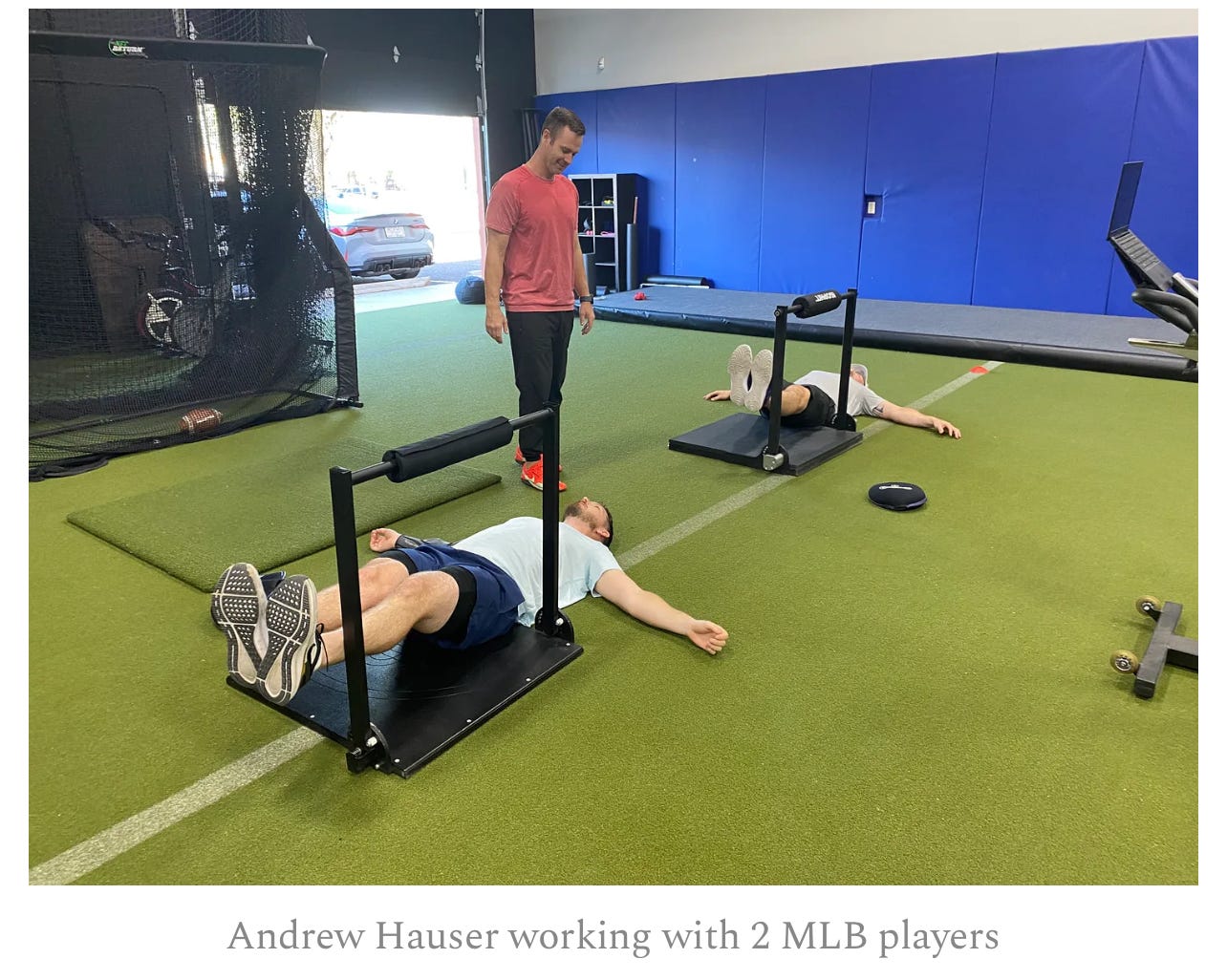Injured While Sleeping: Understanding the Impact of Shear Force.
They train harder than anyone. They move faster, lift heavier, and compete under immense pressure. But for many professional athletes, the one thing that slows them down—sometimes sidelines them altogether—isn't a contact injury. It’s that nagging low back pain… the sharp, radiating discomfort that runs into the hip or down the leg. They didn’t get hit. They didn’t fall. Yet here they are—gritting through practices, altering mechanics, and quietly losing their edge.
The cause? Often, it’s not a structural problem. It’s a neuromuscular failure rooted in a decline of isometric strength endurance—especially in the deep stabilizing muscles of the core and lumbar spine.
Pain doesn’t always begin with an event. It often begins with fatigue. Not the kind you feel during a sprint, but the kind that creeps in over weeks or months of high performance and insufficient recovery. When the muscles responsible for holding the body together—particularly under load—start to fatigue too soon or fire too late, joints lose integrity, nerves get irritated, and pain takes over.
This is especially true when athletes are sleeping or resting. It’s not uncommon for a player to wake up with low back or groin pain, even though they felt fine going to bed. Side-sleeping, without proper postural muscle engagement, introduces shear forces across the lumbar spine. The top leg drops forward, the pelvis rotates, and the spine twists. Without sufficient isometric support, those forces aren’t resisted. Over time, vertebral segments shift subtly. And when they do, nerves—especially the femoral and sciatic nerves—can become compressed or inflamed. What seems like a minor positional issue becomes a major performance problem.
The underlying issue? These athletes don’t lack strength—they lack isometric strength endurance in the exact muscles responsible for holding the spine, pelvis, and hips in place. Muscles like the psoas major and minor, quadratus lumborum, iliocostalis lumborum, longissimus and spinalis lumborum—all critical spinal stabilizers—must generate tension for long durations. The same is true for the deep core, including the transverse abdominis, internal and external obliques. When these muscles can’t stay engaged, especially under fatigue, the entire kinetic chain destabilizes.
It’s not about lifting more weight. It’s about holding the body together when everything else is trying to pull it apart.
And that’s where isometric strength training, specifically with Isophit, becomes invaluable. Isophit provides a strategic, controlled environment where athletes can train their ability to produce and sustain force—without movement—targeting the exact structures that stabilize joints and protect nerves.
By building isometric strength endurance across the core and spine, athletes improve their ability to resist shear forces, stabilize during dynamic play, and reduce the risk of nerve compression. It’s not flashy. It’s not loud. But it’s the foundation for pain-free performance.
Because pain is not just tied to fatigue—it’s tied to the body’s inability to generate and sustain isometric force. When athletes can't sustain isometric contractions, their body shifts under them. It breaks down. And the nervous system responds with pain.
For the athlete chasing longevity… for the pro trying to play through the playoffs… for the one who wakes up sore and can’t explain why—it’s time to stop chasing symptoms. It’s time to rebuild their isometric strength endurance.
At Isophit, we help the world’s strongest, fastest, and most dominant athletes to win more, hurt less, and age stronger!
Join Team Isophit at www.isophit.com






